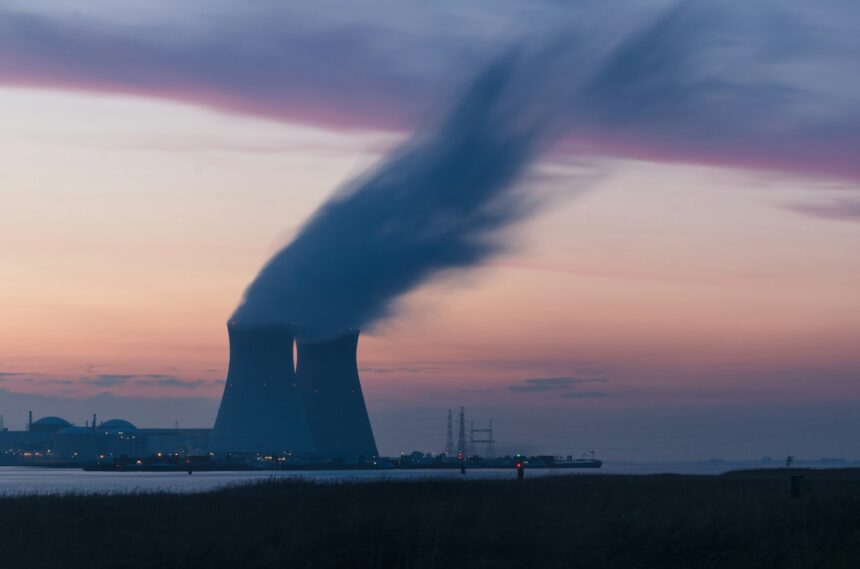In the fight against climate change, carbon capture technology has emerged as a promising solution. This innovative approach aims to reduce the amount of carbon dioxide (CO2) in the atmosphere, thereby mitigating the greenhouse effect and its impact on global warming. But what exactly is carbon capture, and how does it work? Let’s delve into the world of carbon capture technology and explore its potential to combat climate change.
Understanding Carbon Capture Technology
Carbon capture and storage (CCS) refers to a collection of technologies designed to capture CO2 emissions from sources like power plants and industrial processes before they reach the atmosphere. The captured CO2 is then transported and stored underground in geological formations, preventing it from contributing to global warming.
The Process of Carbon Capture
Capture
The first step in CCS is capturing the CO2 produced by burning fossil fuels or other industrial activities. This can be done using various methods, including pre-combustion capture, post-combustion capture, and oxy-fuel combustion.
Transport
Once captured, the CO2 is compressed and transported to a storage site. This is typically done via pipelines, but it can also be transported by ship.
Storage
The final step involves injecting the CO2 into deep underground rock formations, such as depleted oil and gas fields or deep saline aquifers. These geological formations can securely store CO2 for thousands of years.
Benefits of Carbon Capture Technology
Carbon capture technology offers several significant benefits:
- Reduction of Greenhouse Gas Emissions: By capturing and storing CO2, CCS can significantly reduce the amount of greenhouse gases released into the atmosphere, helping to mitigate climate change.
- Support for Energy-Intensive Industries: CCS allows industries like steel and cement manufacturing to continue operating while reducing their carbon footprint.
- Enhanced Oil Recovery (EOR): Captured CO2 can be used in EOR processes to extract more oil from existing fields, providing an economic incentive for CCS deployment.
Challenges and Criticisms
Despite its potential, carbon capture technology faces several challenges:
- High Costs: The technology is expensive, and its economic feasibility depends on the value placed on reducing CO2 emissions.
- Energy-Intensive: Capturing and compressing CO2 requires a significant amount of energy, which can offset some of the environmental benefits.
- Storage Risks: There are concerns about the long-term stability of stored CO2 and the potential for leaks.
Future Prospects of Carbon Capture
Despite these challenges, the future of carbon capture technology looks promising. Advances in technology and increased investment could reduce costs and improve efficiency. Additionally, integrating CCS with other climate solutions, such as renewable energy and nature-based solutions, could enhance its effectiveness.
As the world continues to seek solutions to the climate crisis, carbon capture technology will likely play a crucial role. By reducing greenhouse gas emissions and supporting sustainable industrial practices, CCS offers a viable path toward a more sustainable future.
“The best way to predict the future is to create it.”
Peter Drucker
In conclusion, carbon capture technology represents a critical tool in the fight against climate change. While it is not a silver bullet, its potential to reduce CO2 emissions and support eco-friendly innovations makes it an essential component of a comprehensive climate strategy. As we continue to innovate and invest in this technology, we move closer to a sustainable and resilient future.








